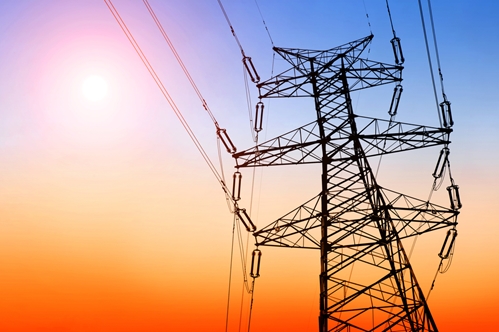
We've written in the past about efforts to protect data center architecture from flooding, fire and even tornadoes. These are all necessary, as the aforementioned natural disasters are not uncommon in certain parts of the country, and can pose major threats to the functionality of a data center.
But what about events that are less common, like solar storms?
According to a recent article on Computerworld, a new 2,000 square foot data center that has just been opened in Boyers, Pennsylvania, has the ability to withstand the types of electromagnetic pulses (EMPs) that are typically generated by solar storms.
Though this may seem like paranoia on the part of the operators, it is actually a sensible measure. Solar storms happen more frequently than people think, and while the effects are not always large and do not always hit Earth, it is theoretically possible for such a storm to do moderate to severe damage to the electrical power grid and a data center's electrical system.
In fact, the last solar storm to hit this planet occurred only this past weekend. Vox reported that the sun released two bursts of charged plasma that hit Earth's magnetic field over a period of two days. Neither of these bursts were strong enough to do much damage, though electrical grid managers did report that they were standing by just in case problems arose.
In March 1989, a solar storm caused an 11 hour blackout in the Canadian Province of Quebec. The outage was initiated when the storm caused breakers to trip on Hydro-Quebec's James Bay distribution network. Still, this is far from a worst-case scenario. If a storm the size of the one that hit North American in 1859 struck again, scientists estimate that millions of people could be left without electricity for months. Governments have been working on plans to mitigate such a disaster, but private data center operators may want to take their own steps.

